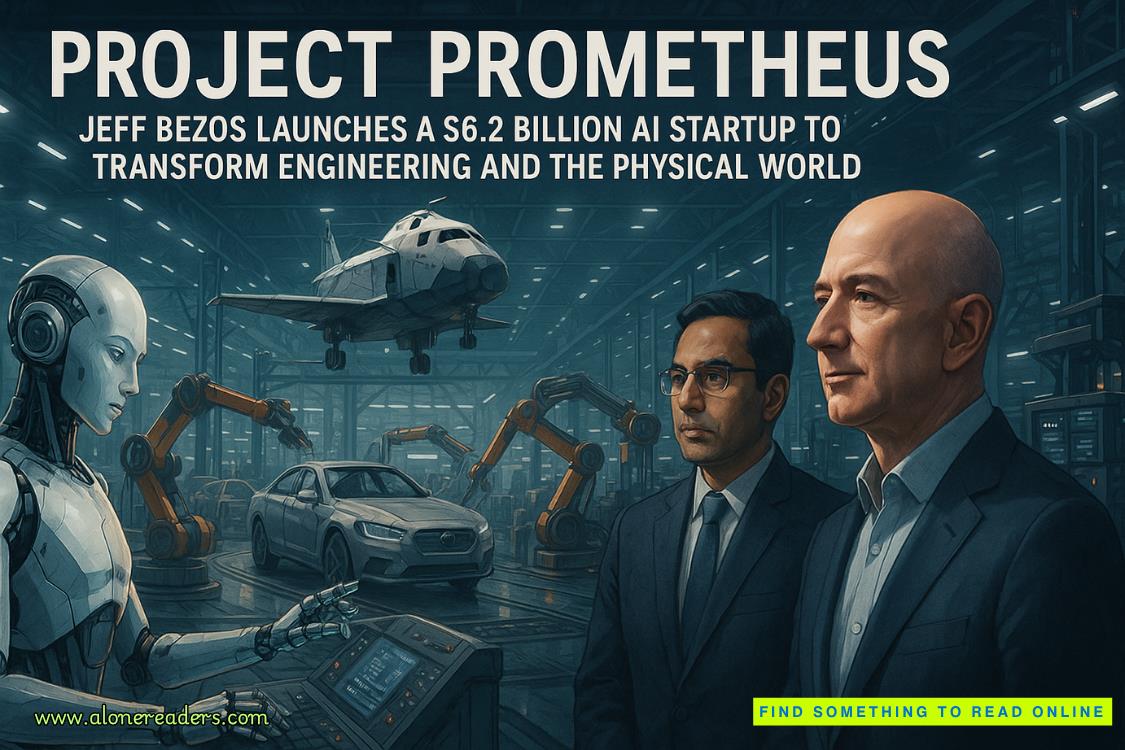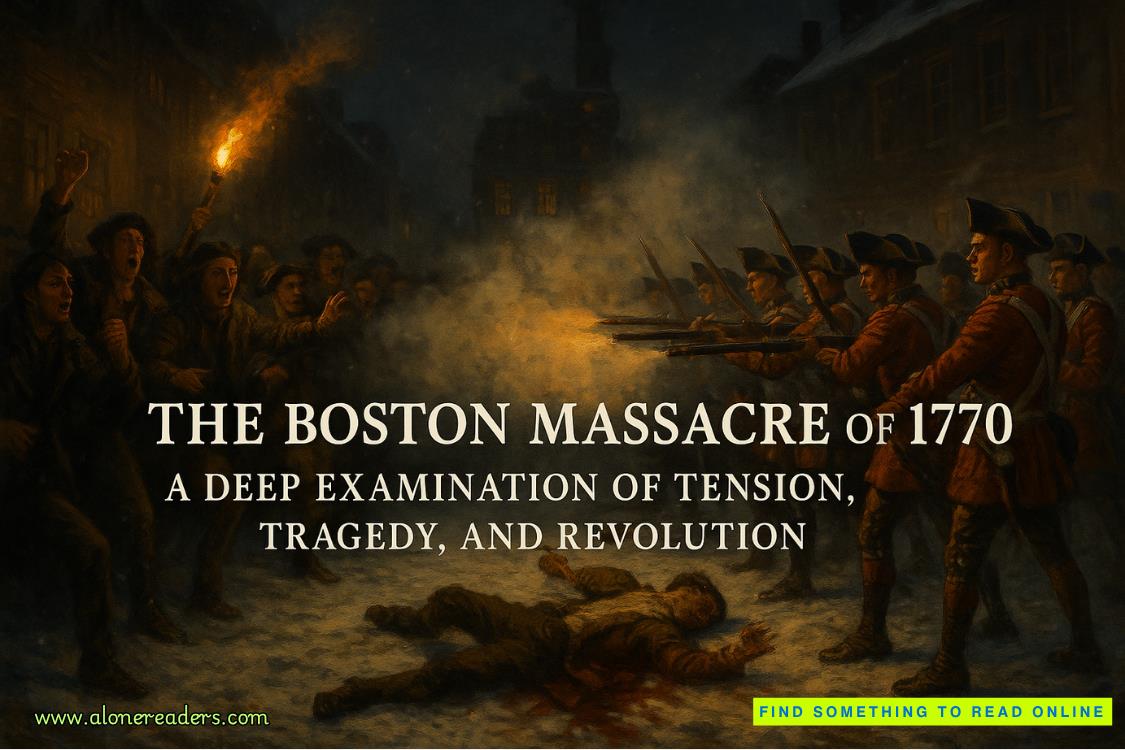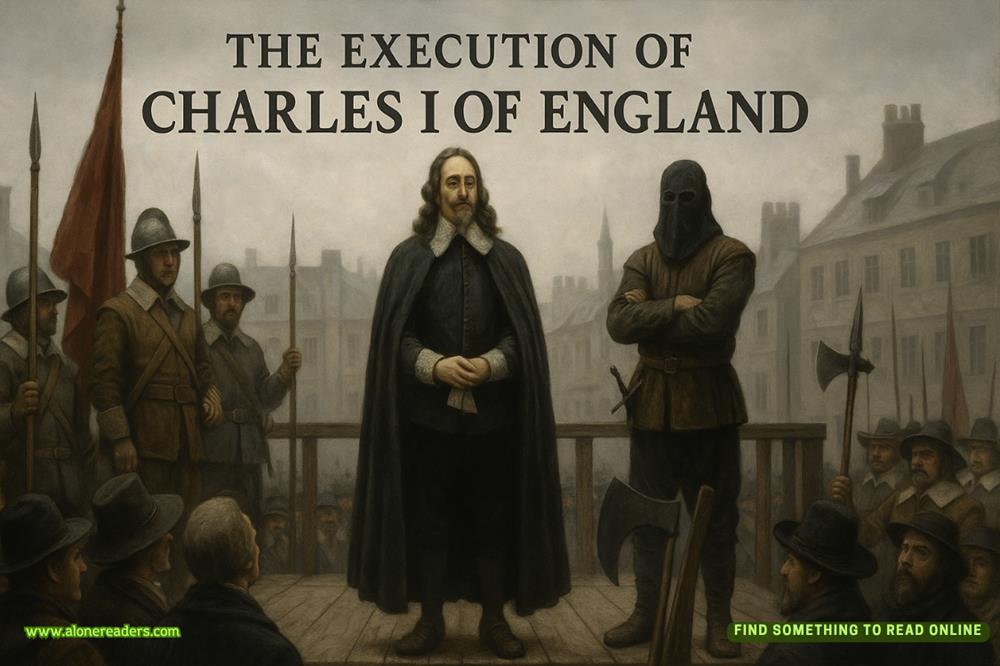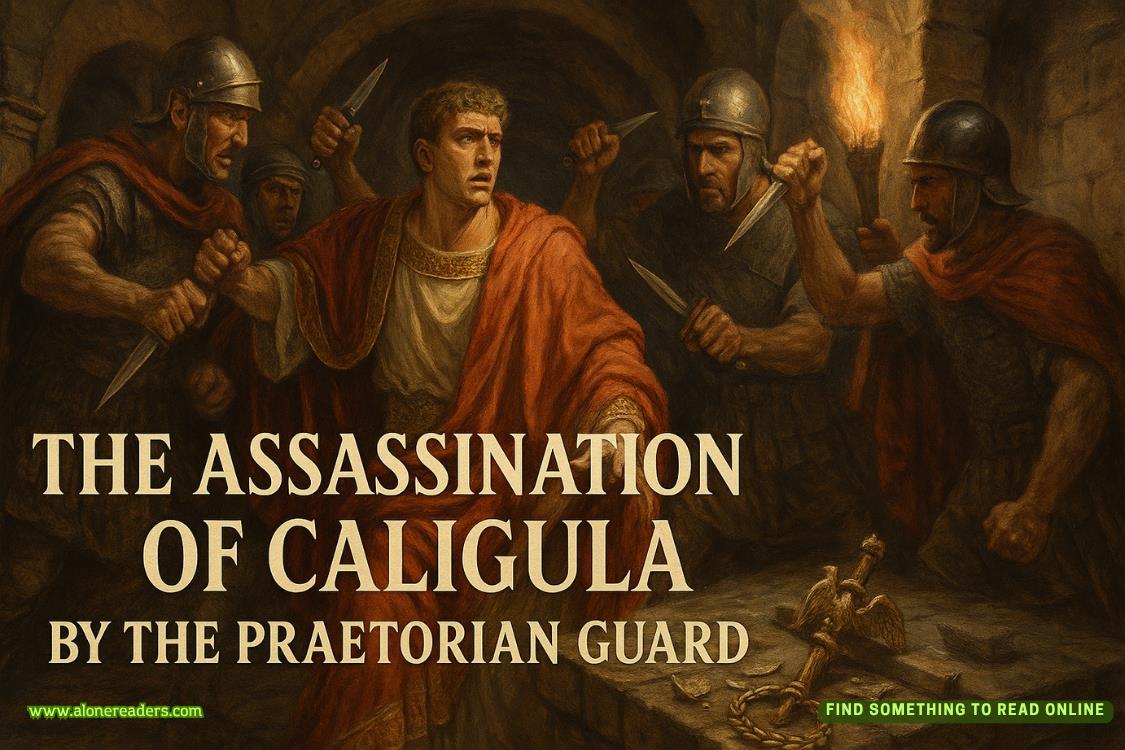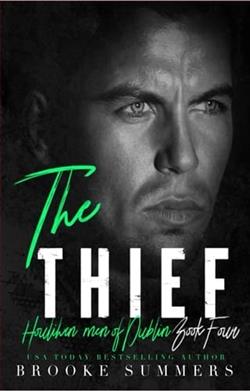Page 6 of The Twelfth Card (Lincoln Rhyme 6)
Rhyme had been inspired to start the exercises because of a man he much admired, the late actor Christopher Reeve, who'd suffered an even more severe trauma than Rhyme's in a horseback-riding accident. Through willpower and unflagging physical effort--and surprising much of the traditional medical community--Reeve had recovered some motor ability and sensation in places where he'd had none. After years of debating whether or not to have risky experimental surgery on his spinal cord, Rhyme had finally opted for an exercise regimen similar to Reeve's.
The actor's untimely death had inspired Rhyme to put even more energy than before into an exercise plan, and Thom had tracked down one of the East Coast's best spinal cord injury doctors, Robert Sherman. The M.D. had put together a program for him, which included the ergometer, aquatherapy and the locomotor treadmill--a large contraption, fitted with robotic legs, also under computer control. This system, in effect, "walked" Rhyme.
All this therapy had produced results. His heart and lungs were stronger. His bone density was that of a nondisabled man of his age. Muscle mass had increased. He was nearly in the same shape as when he'd run Investigation Resources at the NYPD, which oversaw the Crime Scene Unit. Back then he'd walk miles every day, sometimes even running scenes himself--a rarity for a captain--and prowl the streets of the city to collect samples of rocks or dirt or concrete or soot to catalog in his forensic databases.
Because of Sherman's exercises Rhyme had fewer pressure sores from the hours and hours his body remained in contact with the chair or bed. His bowel and bladder functions were improved and he'd had far fewer urinary tract infections. And he'd had only one episode of autonomic dysreflexia since he'd started the regimen.
Of course another question remained: Would the months of grueling exercise do something to actually fix his condition, not just beef up the muscles and bone? A simple test of motor and sensory functions would tell him instantly. But that required a visit to a hospital and Rhyme never seemed to find the time to do it.
"You can't take an hour off?" Thom would ask.
"An hour? An hour? When in recent memory does a trip to the hospital take an hour? Where would that particular hospital be, Thom? Neverland? Oz?"
But Dr. Sherman had finally pestered Rhyme into agreeing to undergo the test. In half an hour he and Thom would be leaving for New York Hospital to get the final word on his progress.
At the moment, though, Lincoln Rhyme was thinking not of that, but of the bicycle race he was presently engaged in--which was on the Matterhorn, thank you very much. And he happened to be beating Lance Armstrong.
When he was finished Thom removed him from the bicycle, bathed then dressed him in a white shirt and dark slacks. A sitting transfer into his wheelchair and Rhyme drove to the tiny elevator. He went downstairs, where red-haired Amelia Sachs sat in the lab, a former living room, marking evidence from one of the NYPD cases that Rhyme was consulting on.
With his one working digit--the left ring finger--on the touch-pad controller, Rhyme deftly maneuvered the bright red Storm Arrow wheelchair through the lab to a spot next to her. She leaned over and kissed him on the mouth. He kissed her back, pressing his lips against hers hard. They remained like this for a moment, Rhyme enjoying the heat of her proximity, the sweet, floral smell of soap, the tease of her hair against his cheek.
"How far'd you get today?" she asked.
"I could be in northern Westchester by now--if I hadn't been pulled over." A dark glance at Thom. The aide winked at Sachs. Water off a duck.
Tall, willowy Sachs was wearing a navy blue pantsuit with one of the black or navy blouses that she usually wore since she'd been promoted to detective. (A tactical handbook for officers warned: Wearing a contrasting shirt or blouse presents a clearer target at the chest area.) The outfit was functional and frumpy, a far cry from what she'd worn on the job before she became a cop; Sachs had been a fashion model for a few years. The jacket bulged slightly at the hip, where her Glock automatic pistol rode, and the slacks were men's; she needed a rear wallet pocket--the only place she felt comfortable stashing her illegal, but often useful, switchblade knife. And, as always, she was wearing sensible, padded-sole shoes. Walking was painful for Amelia Sachs, thanks to arthritis.
"When do we leave?" she asked Rhyme.
"For the hospital? Oh, you don't have to come. Better to stay here and get the evidence logged in."
"It's almost logged. Anyway, it's not a question of having to come. I want to."
He muttered, "Circus. It's becoming a circus. I knew it would." He tried to lob a blameful look at Thom but the aide was elsewhere.
The doorbell rang. Thom stepped into the hall and returned a moment later, trailed by Lon Sellitto. "Hey, everybody." The lieutenant, squat and wearing his typically rumpled suit, nodded cheerfully. Rhyme wondered what his good mood was due to. Maybe something to do with a recent arrest or the NYPD budget for new officers or maybe only that he'd lost a few pounds. The detective's weight was a yo-yo and he complained about it regularly. Given his own situation, Lincoln Rhyme didn't have any patience when some
body groused about physical imperfections like too much girth or too little hair.
But today it seemed that the detective's enthusiastic spirit was work related. He waved several documents in the air. "They upheld the conviction."
"Ah," Rhyme said. "The shoe case?"
"Yep."
Rhyme was pleased, of course, though hardly surprised. Why would he be? He'd put together the bulk of the case against the murderer; there was no way the conviction would have collapsed.
It had been an interesting one: Two Balkan diplomats had been murdered on Roosevelt Island--the curious strip of residential land in the middle of the East River--and their right shoes stolen. As often happened when faced with tough cases, the NYPD hired Rhyme on as a consulting criminalist--the au courant jargon for forensic scientist--to help in the investigation.
Amelia Sachs had run the scene, and the evidence had been gathered and analyzed. But the clues had not led them in any obvious directions, and the police were left to conclude that the murders had somehow been inspired by European politics. The case remained open but quiescent for some time--until an FBI memo went around the NYPD about a briefcase abandoned at JFK airport. The case contained articles about global positioning systems, two dozen electronic circuits and a man's right shoe. The heel had been hollowed out and inside was a computer chip. Rhyme had wondered if it was one of the Roosevelt Island shoes and, sure enough, it was. Other clues in the briefcase led back to the murder scene as well.
Spy stuff . . . shades of Robert Ludlum. Theories began to circulate immediately and the FBI and the State Department went into overdrive. A man from Langley showed up too, the first time Rhyme could remember the CIA taking an interest in one of his cases.
The criminalist still laughed at the disappointment of the global-conspiracy-loving Feds, when, a week after finding the shoe, Detective Amelia Sachs led a tactical team in a take-down of a businessman from Paramus, New Jersey, a gruff fellow who had at best a USA Today grasp of foreign politics.
Rhyme had proven through moisture and chemical analysis of the composite heel material that the hollowing-out had occurred weeks after the men had been killed. He found too that the computer chip had been purchased from PC Warehouse, and that the GPS information not only wasn't secret, it had been downloaded from websites that were a year or two out of date.
A staged crime scene, Rhyme had concluded. And went on to trace stone dust in the briefcase to a kitchen and bathroom countertop company in Jersey. A fast look at the phone records of the owner and credit card receipts led to the conclusion that the man's wife was sleeping with one of the diplomats. Her husband had found out about the liaison and, along with a Tony Soprano wannabe who worked for him in the slab yard, killed her lover and the man's unfortunate associate on Roosevelt Island, then staged the evidence to make the crime seem politically motivated.

